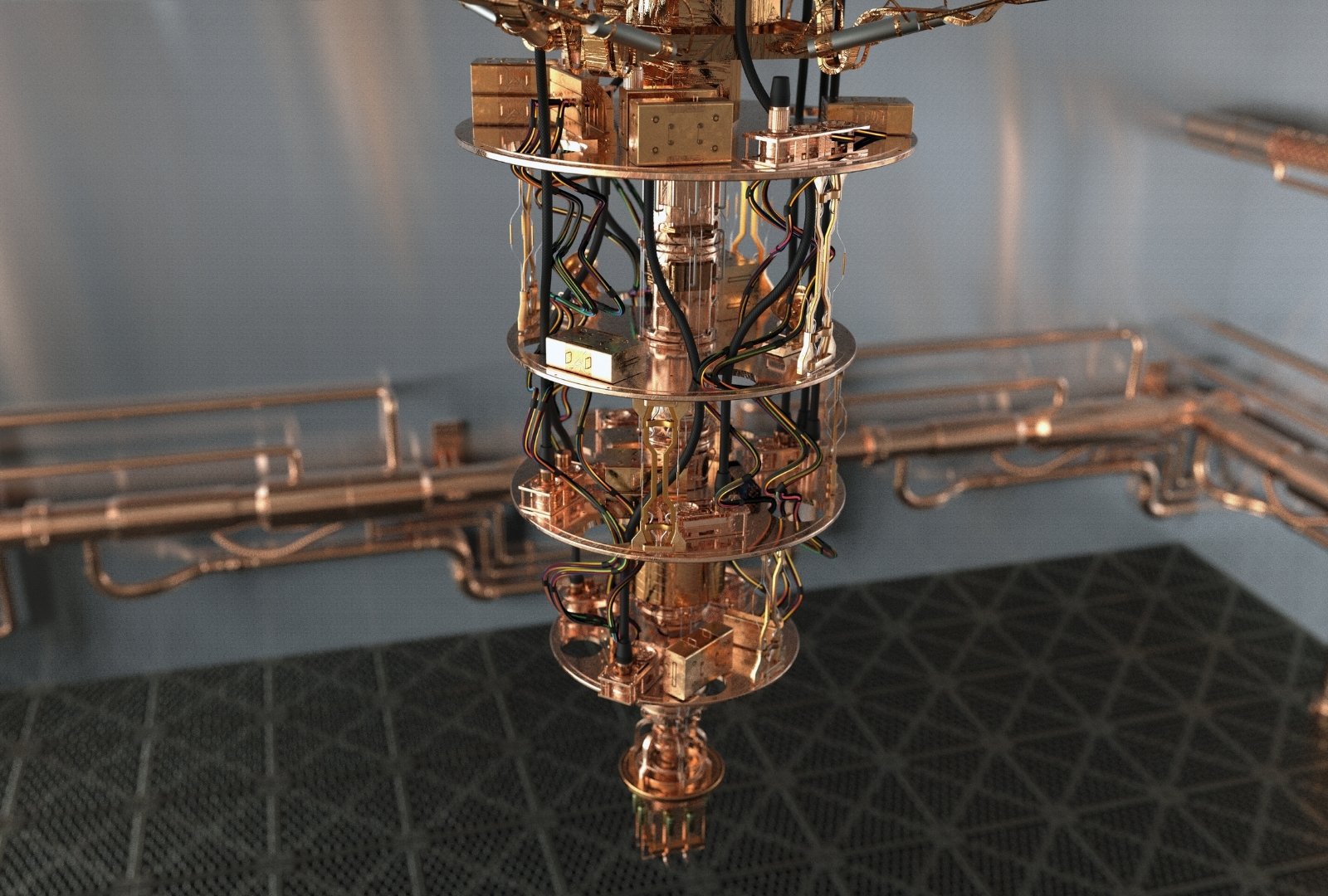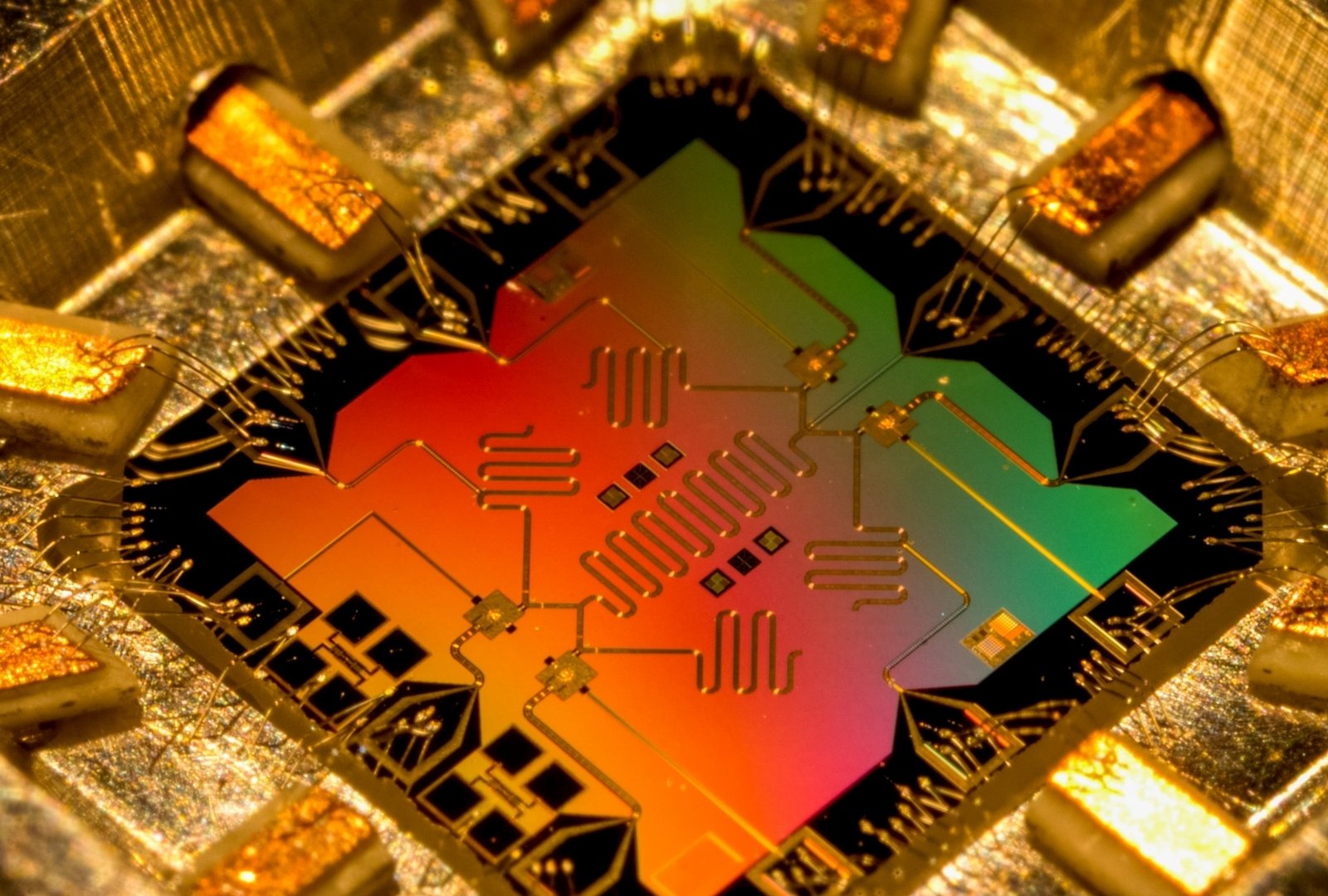Quantum computers are devices that use quantum physics principles to store data and do computations based on the likelihood of an object’s condition before it is measured. This can be quite handy in some situations when they can outperform even the most powerful supercomputers. When it comes to processing huge and complex datasets, quantum computers outperform regular computers. They use quantum physics fundamentals to speed up the process of doing complex calculations. These equations usually contain an allegedly limitless number of variables, with applications ranging from biology to economics.
What Makes A Quantum Computer Different from A Traditional Computer?
We have been using classic computers since the 1940s – laptops, phones, cloud servers, and supercomputers. The device’s calculations are based on bits, an information unit. Traditional computers, including smartphones and laptops, conduct logical operations based on the physical state. Binary ‘bits’ are either 0s or 1s.
Quantum computing uses an item’s quantum state to produce a quantum bit, the primary memory unit. Qubits are made up of physical systems like electron spin or photon direction. Quantum superposition is a property of these systems that permits them to exist in several states. Quantum entanglement allows qubits to be inextricably linked.
What is A Quantum Computer and How Does It Usually Work?
Qubits, also known as quantum bits, are the fundamental building blocks of quantum computers and can be compared to the bits that process data in traditional computers. Qubits, on the other hand, vary from bits in that they are formed of quantum particles present in nature — the same particles that have piqued scientists’ interest for years. Superposition, which permits quantum particles to exist in several states at the same time, is one of the most valuable features of quantum particles for quantum computing. Superposition is best understood by comparing it to throwing a coin: instead of being heads or tails, quantum particles are the coin while it is being tossed. Researchers can create qubits by guiding quantum particles and filling them with data — and because of superposition, a single qubit may be both a one and a zero at the same time. To put it another way, a qubit can be both heads and tails at the same time, but a standard bit can only be one of the two.

Types of Quantum Computers
Quantum Annealing
Quantum Simulations
Universal Quantum Computers
Quantum Computing Supremacy

Here is Why You Should Be Really Excited About Quantum Computers
Cerexio is The Leading Enabler of Public Technology Solutions.
Cerexio is a prominent technology service enabler in Singapore and Australia, aiding governments in adopting cutting-edge technologies to meet vital public objectives and complete governmental duties on time. We promise to offer high-tech solutions to a wide range of government issues, including public health, public utility services, data-driven case management, space exploration, environmental conservation, military and defence, energy, infrastructure management, and others. Our technology’s wealth of information enables governments to make timely, successful, and cost-effective decisions.
Are you a government that works hard to preserve public trust, make cost-effective decisions, and increase operational efficiency? We at Cerexio Cerexio deliver technology to help you fulfill all of your objectives, uncover new sources of resources, and learn about possible public threats and risks before they occur. Connect with Cerexio to learn how our solutions may assist you in understanding and forecasting your population’s changing expectations, resulting in better outcomes for every local, state, or national decision you make.
